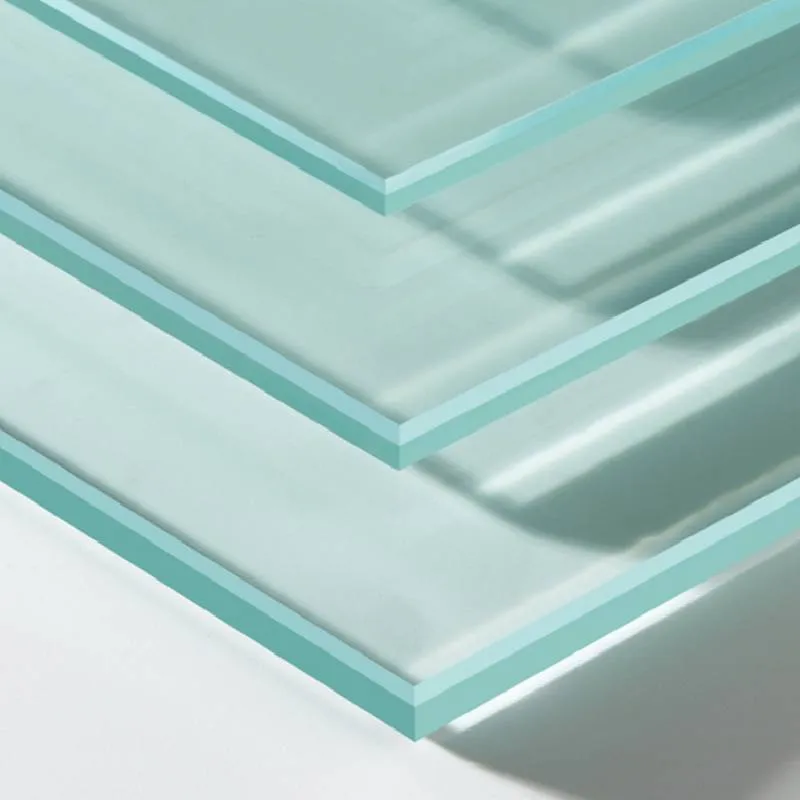Float Glass Production A Comprehensive Overview
Float glass, a type of glass widely used in architecture, automotive, and interior design, is produced through a highly refined method known as float glass production. This innovative process has revolutionized the glass manufacturing industry, enabling the creation of high-quality, smooth, and perfectly flat glass sheets. Understanding the floating glass production process, its applications, and environmental implications is essential for appreciating its significance in modern construction and design.
The Float Glass Process
The float glass manufacturing process was developed in the mid-20th century and involves several key steps. The primary ingredients used in float glass production are silica sand, soda ash, and limestone, along with various additives for color and other properties. The process begins with the mixing of these raw materials, which are then heated in a furnace at extremely high temperatures, typically around 1700 degrees Celsius.
Once molten, the glass is poured onto a bed of molten tin in a continuous flow system. The tin is carefully selected due to its properties, which allow it to maintain a flat surface while remaining liquid. As the molten glass floats on the tin, it spreads out and forms a uniform sheet. The thickness of the glass can be controlled by adjusting the amount of molten glass poured onto the tin. This method not only ensures a smooth surface but also results in glass sheets of uniform thickness and composition.
After forming, the glass cools gently in an annealing lehr, where it is gradually brought down to room temperature. This slow cooling process relieves any internal stresses that may have formed during production. Finally, the glass sheets are cut to size and dispatched for further processing or direct use in various applications.
Applications of Float Glass
Float glass is highly versatile and finds applications across multiple industries. In architecture, it is a primary material for windows, facades, and curtain walls, offering light transmission and thermal insulation. Due to its clarity and strength, it is also used in glass doors, skylights, and glass partitions in hotels and commercial buildings. In residential design, float glass is used for mirrors, shower enclosures, and table tops, combining aesthetic appeal with functionality.
float glass production
The automotive industry relies on float glass for windshields, side windows, and rear windows. The ability to produce large, flawless sheets of glass is crucial for the increasing demand for modern vehicle designs that emphasize safety and visibility. Additionally, float glass plays a critical role in the manufacturing of glass containers and electronics, highlighting its importance in everyday life.
Environmental Considerations
While float glass production is highly efficient, it is not without environmental concerns. The energy-intensive nature of the process, particularly the melting of raw materials at high temperatures, results in significant energy consumption and greenhouse gas emissions. As the world increasingly shifts towards sustainability, the glass manufacturing industry is exploring ways to mitigate its environmental impact.
One approach is the recycling of glass, which significantly reduces the energy needed for production. Recycled glass can replace a portion of raw materials in the manufacturing process, conserving resources and lowering emissions. Additionally, advancements in technology and the use of alternative energy sources, such as solar or wind power, are being leveraged to make float glass production more sustainable.
Moreover, using energy-efficient furnaces and optimizing production processes can further reduce the carbon footprint of glass manufacturing. As consumers and industries prioritize sustainability, manufacturers are adopting greener practices to respond to market demands.
Conclusion
Float glass production is a sophisticated process that significantly contributes to various sectors, from construction to automotive. Its unique properties, derived from the float process, allow for unparalleled clarity and durability. However, the industry must continuously adapt to environmental challenges by implementing sustainable practices. As innovations in technology and recycling methods develop, float glass production can continue to thrive while minimizing its impact on the planet, ensuring its relevance in a sustainable future. The journey of float glass from raw materials to a finished product encapsulates not only craftsmanship but also the importance of responsible manufacturing in the modern age.
 Afrikaans
Afrikaans  Albanian
Albanian  Amharic
Amharic  Arabic
Arabic  Armenian
Armenian  Azerbaijani
Azerbaijani  Basque
Basque  Belarusian
Belarusian  Bengali
Bengali  Bosnian
Bosnian  Bulgarian
Bulgarian  Catalan
Catalan  Cebuano
Cebuano  Corsican
Corsican  Croatian
Croatian  Czech
Czech  Danish
Danish  Dutch
Dutch  English
English  Esperanto
Esperanto  Estonian
Estonian  Finnish
Finnish  French
French  Frisian
Frisian  Galician
Galician  Georgian
Georgian  German
German  Greek
Greek  Gujarati
Gujarati  Haitian Creole
Haitian Creole  hausa
hausa  hawaiian
hawaiian  Hebrew
Hebrew  Hindi
Hindi  Miao
Miao  Hungarian
Hungarian  Icelandic
Icelandic  igbo
igbo  Indonesian
Indonesian  irish
irish  Italian
Italian  Japanese
Japanese  Javanese
Javanese  Kannada
Kannada  kazakh
kazakh  Khmer
Khmer  Rwandese
Rwandese  Korean
Korean  Kurdish
Kurdish  Kyrgyz
Kyrgyz  Lao
Lao  Latin
Latin  Latvian
Latvian  Lithuanian
Lithuanian  Luxembourgish
Luxembourgish  Macedonian
Macedonian  Malgashi
Malgashi  Malay
Malay  Malayalam
Malayalam  Maltese
Maltese  Maori
Maori  Marathi
Marathi  Mongolian
Mongolian  Myanmar
Myanmar  Nepali
Nepali  Norwegian
Norwegian  Norwegian
Norwegian  Occitan
Occitan  Pashto
Pashto  Persian
Persian  Polish
Polish  Portuguese
Portuguese  Punjabi
Punjabi  Romanian
Romanian  Russian
Russian  Samoan
Samoan  Scottish Gaelic
Scottish Gaelic  Serbian
Serbian  Sesotho
Sesotho  Shona
Shona  Sindhi
Sindhi  Sinhala
Sinhala  Slovak
Slovak  Slovenian
Slovenian  Somali
Somali  Spanish
Spanish  Sundanese
Sundanese  Swahili
Swahili  Swedish
Swedish  Tagalog
Tagalog  Tajik
Tajik  Tamil
Tamil  Tatar
Tatar  Telugu
Telugu  Thai
Thai  Turkish
Turkish  Turkmen
Turkmen  Ukrainian
Ukrainian  Urdu
Urdu  Uighur
Uighur  Uzbek
Uzbek  Vietnamese
Vietnamese  Welsh
Welsh  Bantu
Bantu  Yiddish
Yiddish  Yoruba
Yoruba  Zulu
Zulu 

